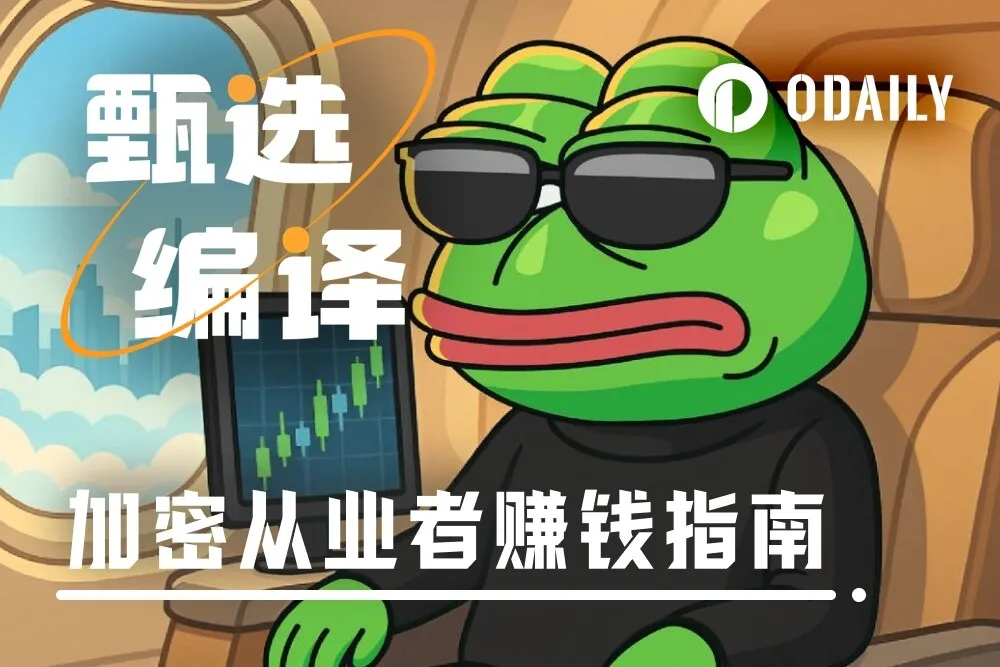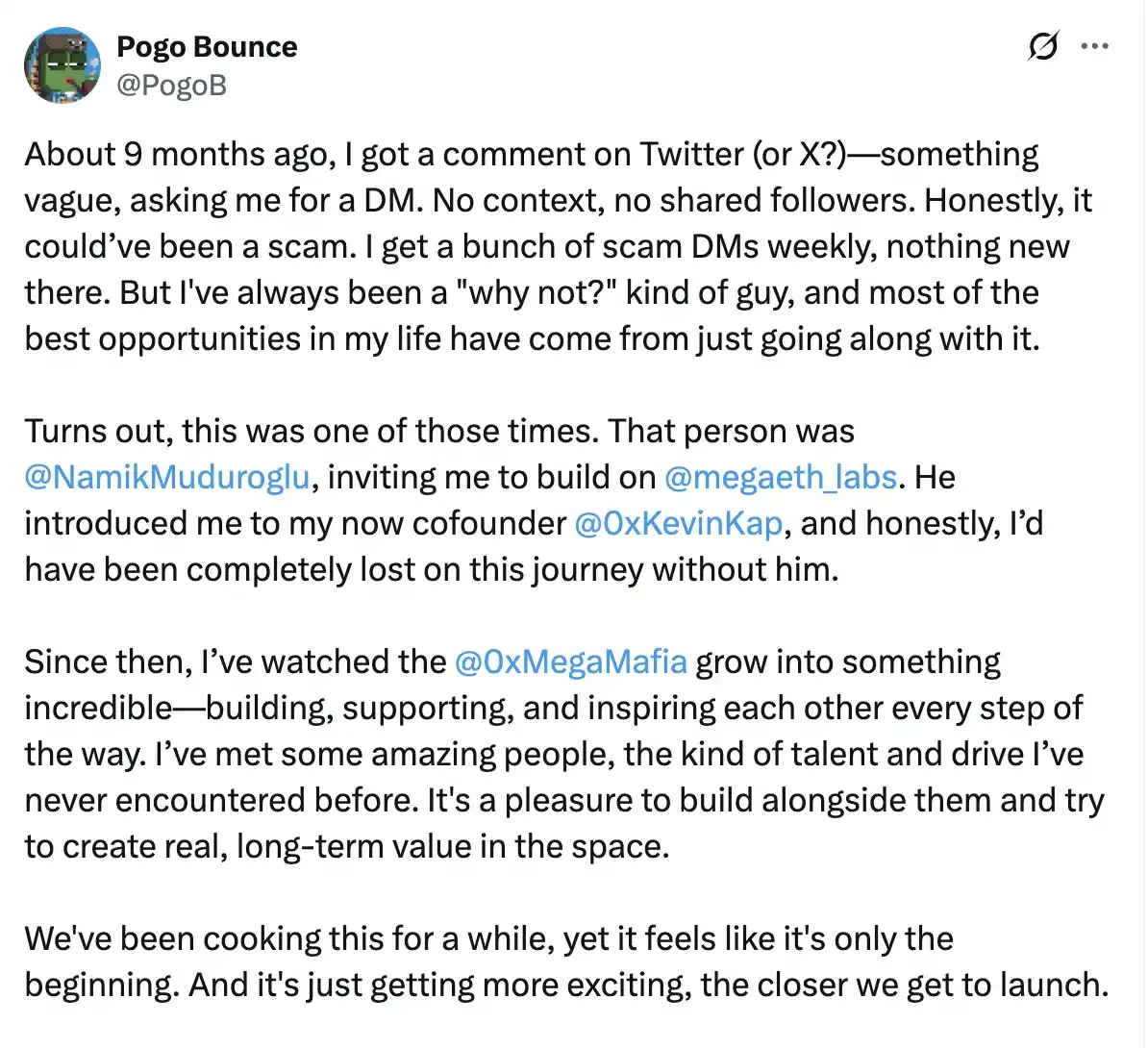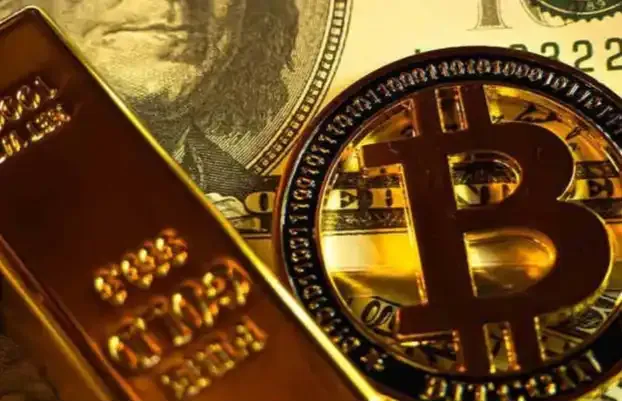Source: The Token Dispatch
Original Title: "Shayne Coplan: Broke at 21, Billionaire at 27"
Author: Thejaswini M A
Translation and Compilation: BitpushNews
When you have nothing, you bet on the truth.
June 2020: A broke 21-year-old launched a prediction platform from his bathroom during the pandemic.
November 2024: FBI agents raided his apartment, confiscated his phone, but left without charging him.
October 2025: The owner of the New York Stock Exchange invested $2 billion in his company.
This is the trajectory of Shayne Coplan's life over five years. From counting what he could sell in his Lower East Side apartment to pay rent, to becoming the youngest self-made billionaire tracked by Bloomberg.
How does someone with nothing build something that regulators want to destroy?
How does a platform banned in its home country become attractive to the most powerful institutions on Wall Street?
These details matter because they reveal the mechanics behind impossible events. That’s why Coplan’s story deserves more than just a timeline, and that’s exactly what this article aims to present.
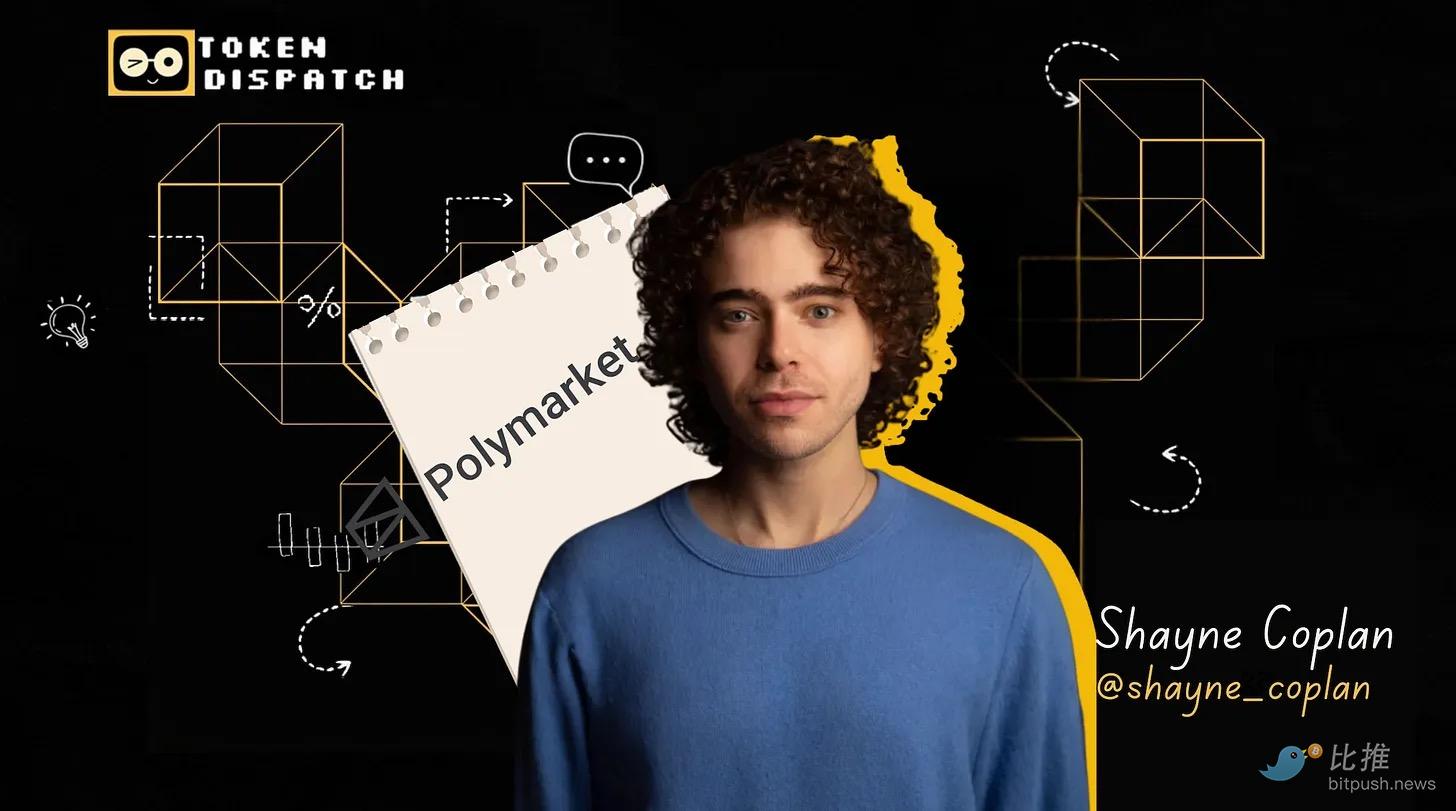
White Paper Moment
- Shayne Coplan was tired of the crypto industry.
After dropping out of New York University two and a half years earlier, his startup had achieved nothing. The promised revolution turned into what he called a "crypto scam," projects aimed at extracting funds rather than creating value.
He was broke, frustrated, and watched as the industry he once believed in turned into a casino for con artists.
So he stopped hustling and started reading. Academic papers, esoteric research. Particularly the economist Robin Hanson's studies on prediction markets.
The theory posits that markets are better at aggregating information than experts, polls, or any traditional forecasting methods. When people put their money behind their beliefs, collective wisdom reveals the truth.
Prediction markets have proven this in academic settings. Since 1988, the Iowa Electronic Markets have outperformed traditional polls. But these platforms remained niche and academic, difficult for the average person to access.
Coplan saw the gap.
He wrote in an article, "The idea is too good to exist only in a white paper."
He spent a year studying how prediction markets work, why they failed to scale, and what conditions were needed for widespread adoption. While his bank account dwindled, he researched for a year.
Most people would have looked for a job.
Then, COVID-19 brought the world to a standstill.
Bathroom Office
March 2020. Global lockdown.
People were stuck at home. Glued to their screens. Eager to know what would happen next. Would schools reopen? Would there be a vaccine? How long would this last?
Traditional institutions like governments, health organizations, and the media struggled to provide reliable answers. Everyone had an opinion. No one could be certain.
Coplan saw this moment clearly.
At 21, with money running out and two and a half years after dropping out, he began to build. Starting from what he later described as a "makeshift bathroom office" in his Lower East Side apartment.
June 2020. Polymarket launched.
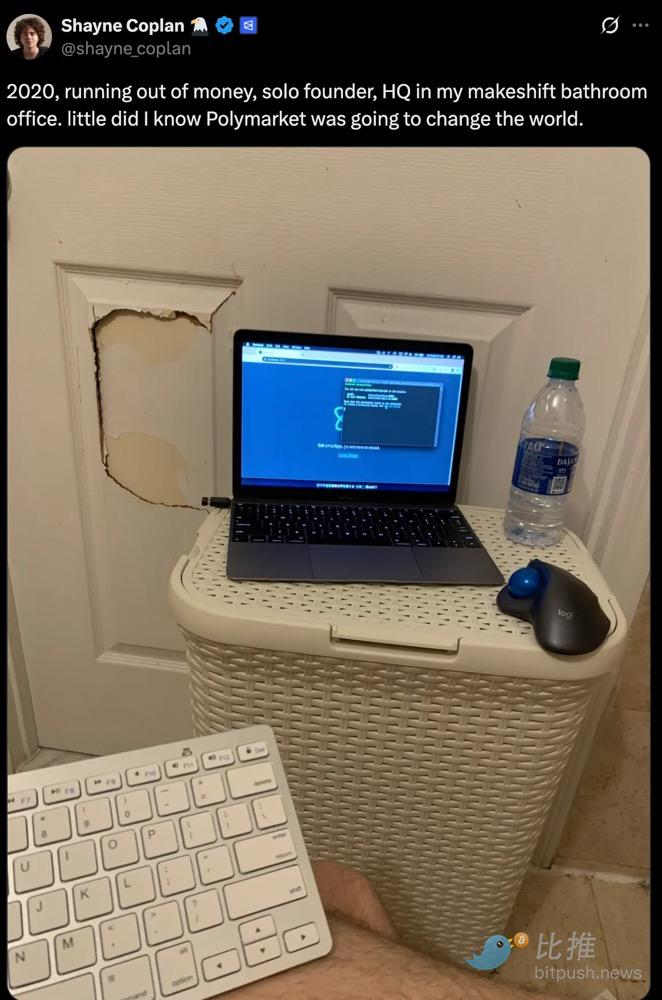
@shayne_coplan
The platform was simple. Users predicted real-world outcomes using cryptocurrency. Each question became a market. You bought shares representing "yes" or "no" outcomes. If you predicted correctly, each share paid $1; if wrong, it was zero. Market prices reflected collective probabilities.
If a share traded at 65 cents, it indicated that the crowd believed there was a 65% chance of the event occurring.
Pure information. No experts. No hype. Just beliefs backed by money.
Building a prediction market required solving technical issues around data feeds, market settlement, and user experience. It needed to establish trust among strangers, allowing them to predict everything from elections to pop culture.
It also needed to navigate regulatory gray areas.
To some regulators, prediction markets looked like gambling, while to others, they resembled financial derivatives. Their legal status was ambiguous.
Coplan's approach? Build first, ask for permission later.
This strategy worked for two years.
- Polymarket gained attention.
Trading volume was increasing. Users were predicting everything from Oscar winners to economic indicators. The platform was gaining more credibility as an alternative to traditional forecasting.
Then the Commodity Futures Trading Commission came knocking.
The charges were: offering illegal trading contracts and operating as an unregistered exchange. The settlement terms: $1.4 million, with no admission or denial of wrongdoing.
More importantly: Polymarket agreed to block all U.S. users.
This limitation created a paradox: the platform could operate globally but not in the U.S. International users could predict U.S. elections, but American citizens could not participate in markets about their own country's politics.
Regulators suspected the platform was still serving U.S. users.
- With the presidential election approaching.
Polymarket became impossible to ignore. Users wagered over $3.5 billion on the election results. While traditional polls showed a tight race, the platform consistently indicated Trump in the lead.
A French trader bet tens of millions of dollars on Trump winning. Reportedly, when Trump won, that trader made $85 million.
The platform's predictions proved more accurate than traditional polls.
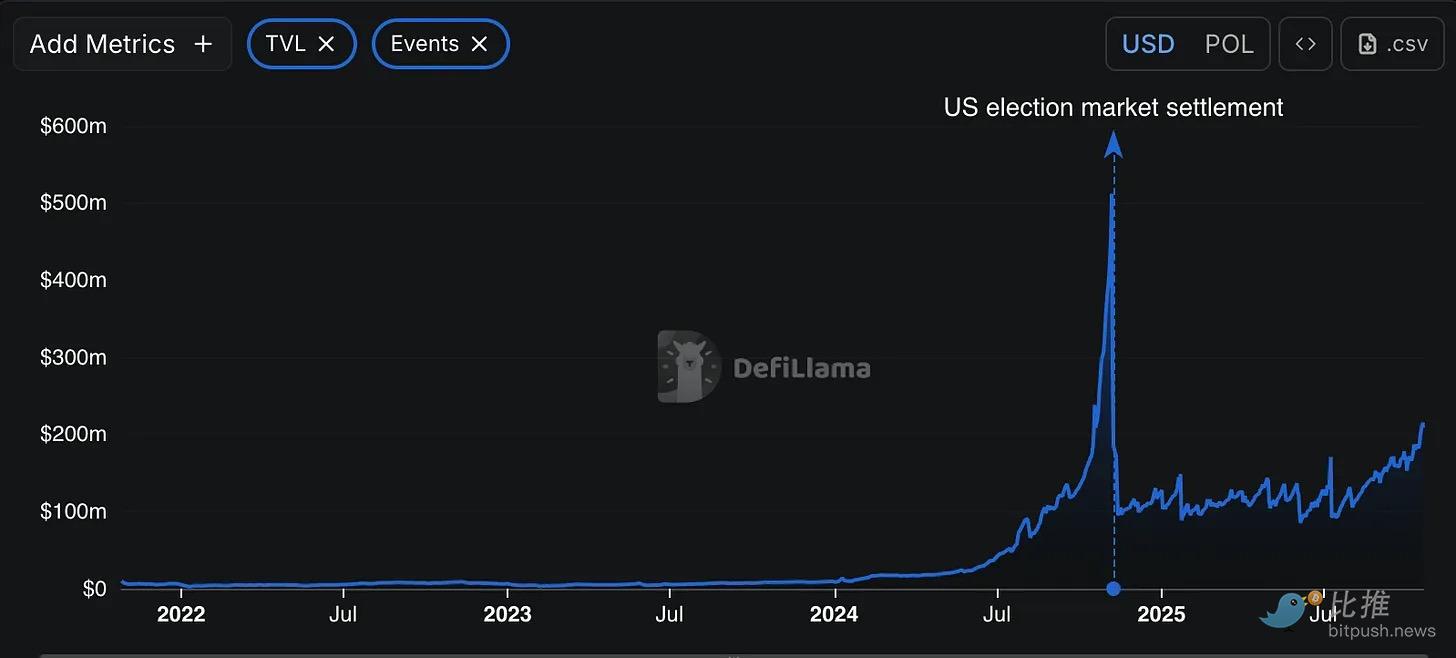
@defillama.com
Then came the raid.
November 2024. A week after Election Day.
FBI agents arrived at Coplan's apartment in New York City before dawn. They confiscated his phone and electronic devices. The then-26-year-old Coplan was neither arrested nor charged.
His response on X was: "New phone, who dis?"
Polymarket issued a statement: "Clearly a political retaliation from the outgoing government."
The Department of Justice launched an investigation. The CFTC also began an inquiry.
This platform, which had just proven its predictive capabilities, now faced scrutiny from multiple federal agencies.
Coplan continued to build.
But in the U.S., things were changing rapidly. An investigation that began under the Biden administration ended under the Trump administration.
July 2025. The DOJ and CFTC officially closed their investigations. No charges. No further penalties.
In the same month, Polymarket acquired QCEX for $112 million.
QCEX is an exchange and clearinghouse with CFTC licensing. This acquisition provided Coplan with what he had been striving for since the 2022 settlement: a legal framework to operate in the U.S.
August 2025. Donald Trump Jr. joined Polymarket as an advisor through his partnership with investment firm 1789 Capital. This company, which had been raided under one administration, now had a family member of the next president as an advisor.
September 2025. Polymarket's parent company Blockratize mentioned "other warrants" in documents submitted to the U.S. Securities and Exchange Commission, a term commonly used in crypto projects before token issuance.
Coplan posted on X about "$POLY," alongside Bitcoin and Ethereum. The implication was clear: a token was coming soon.
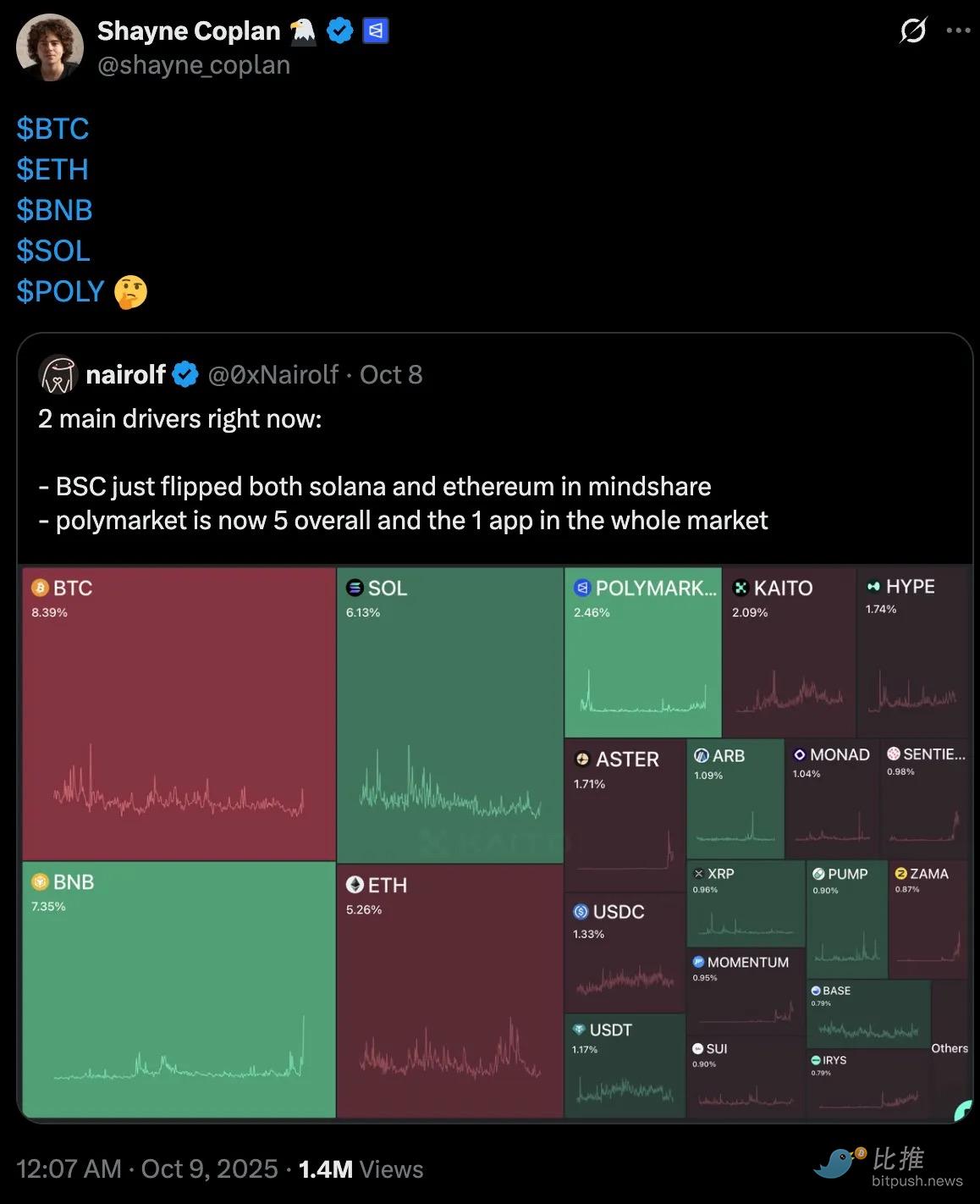
@shayne_coplan
October 2025. The long-awaited announcement. The owner of the New York Stock Exchange, Intercontinental Exchange, invested $2 billion in Polymarket at an $8 billion pre-money valuation.
ICE's CEO Jeffrey Sprecher is married to Kelly Loeffler, a former senator, Small Business Administration head, and Trump cabinet member.
The deal included plans for ICE to globally distribute Polymarket data and collaborate on financial tokenization projects.
This bathroom project founded by a broke dropout had become part of the Wall Street establishment.
At 27, Shayne Coplan joined the Bloomberg Billionaires Index as the youngest self-made billionaire.
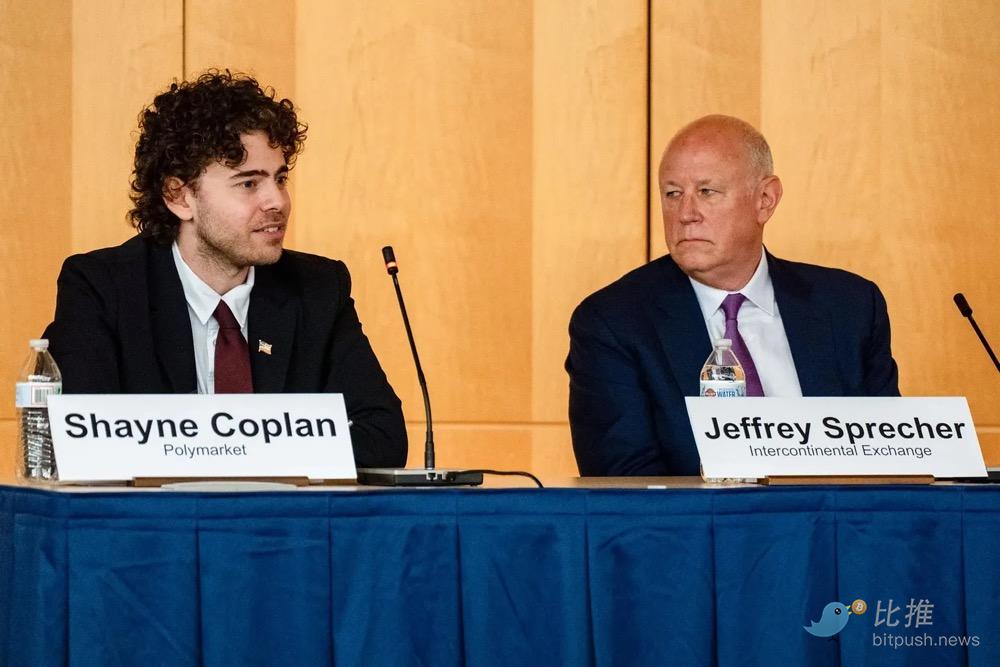
@Bloomberg
What Was Actually Built
Polymarket solved the problems that previous prediction markets could not address.
Early platforms like Intrade had already proven the concept was viable. Intrade successfully predicted the elections of 2008 and 2012 before shutting down in 2013. However, these predecessors remained niche. They required an understanding of complex mechanisms and felt academic rather than mainstream.
Polymarket made prediction markets feel like entertainment.
The interface is simple, with questions ranging from serious (Will the Federal Reserve cut interest rates?) to trivial (Will Taylor Swift and Travis Kelce get engaged in 2025?). This mix created engagement.
More importantly, the platform capitalized on the changing habits of how people acquire information.
Traditional media tells you what to think. Polls tell you what others are thinking. Polymarket tells you what people believe, and how strongly they believe it, to the point of being willing to bet money.
This distinction is significant for users who are increasingly skeptical of traditional institutions.
Currently, the platform has over 1.3 million users, with a trading volume of about $20 billion. Monthly trading exceeds $1 billion.
The 2024 election demonstrated the platform's potential. While mainstream polls showed a tight race, Polymarket users consistently favored Trump. The predicted outcomes proved to be accurate.
As for whether the platform aggregated genuine wisdom or merely reflected the demographics of crypto users betting on politics, that remains debatable. But the results validated the core claim of prediction markets: beliefs backed by money tend to reveal the truth.
Of course, as a prediction market, Polymarket occasionally has to address genuinely philosophical questions, such as "What is a suit?"
In June 2025, bettors wagered nearly $79 million on whether Ukrainian President Volodymyr Zelensky would wear a suit before July. When photos emerged of Zelensky attending a NATO meeting in a matching black jacket and trousers, paired with a collared shirt (but also wearing sneakers), the internet exploded. If the shoes are wrong, is it still a suit? If the cut is casual, does the matching fabric count?
Fashion commentator Derek Guy, invited as an expert, helpfully declared that Zelensky's outfit was "both a suit and not a suit," but this did nothing to resolve the issue.
The market results sparked controversy twice. This is what happens when you create a trustless, decentralized verification for real-world events: ultimately, you need a blockchain oracle to adjudicate the semantics of tailoring, and $79 million hangs in the balance.
What's Next?
27-year-old Shayne Coplan has validated his belief: prediction markets matter.
Hints about the token suggest the next phase is beginning. The $POLY token will complete Polymarket's evolution from an experimental prediction market to a full-fledged crypto ecosystem.
Token holders may gain governance rights, fee sharing, and special access to the platform. Specific details are still unclear. But the trajectory is evident.
The token strategy carries risks. It may invite new regulatory scrutiny just as Polymarket has gained legitimacy. It could alienate users who view the platform as a forecasting tool rather than a crypto project.
But this also makes strategic sense. Crypto projects issue tokens to allocate ownership, incentivize participation, and create alignment between the platform and its users.
If prediction markets represent the future of information discovery, then tokens can accelerate adoption while rewarding early believers.
Coplan's immediate plans are modest.
On Sundays, he watches football games and tests the new Polymarket U.S. app.
Work continues. Predictions persist. Markets continually reveal what people actually believe.
From a bathroom office to a $9 billion valuation, it took five years.
The next five years will reveal whether prediction markets can grow larger—becoming a new infrastructure for collective wisdom, a market for truth itself.
For now, this 27-year-old billionaire is focused on execution.
The bathroom office is a thing of the past. Financial uncertainty has been resolved. The regulatory battles have calmed.
What remains is the original belief that drove him to start: the idea of prediction markets is too good to exist only in a white paper.
The market has proven him right.
Time will tell what happens next.
免责声明:本文章仅代表作者个人观点,不代表本平台的立场和观点。本文章仅供信息分享,不构成对任何人的任何投资建议。用户与作者之间的任何争议,与本平台无关。如网页中刊载的文章或图片涉及侵权,请提供相关的权利证明和身份证明发送邮件到support@aicoin.com,本平台相关工作人员将会进行核查。
